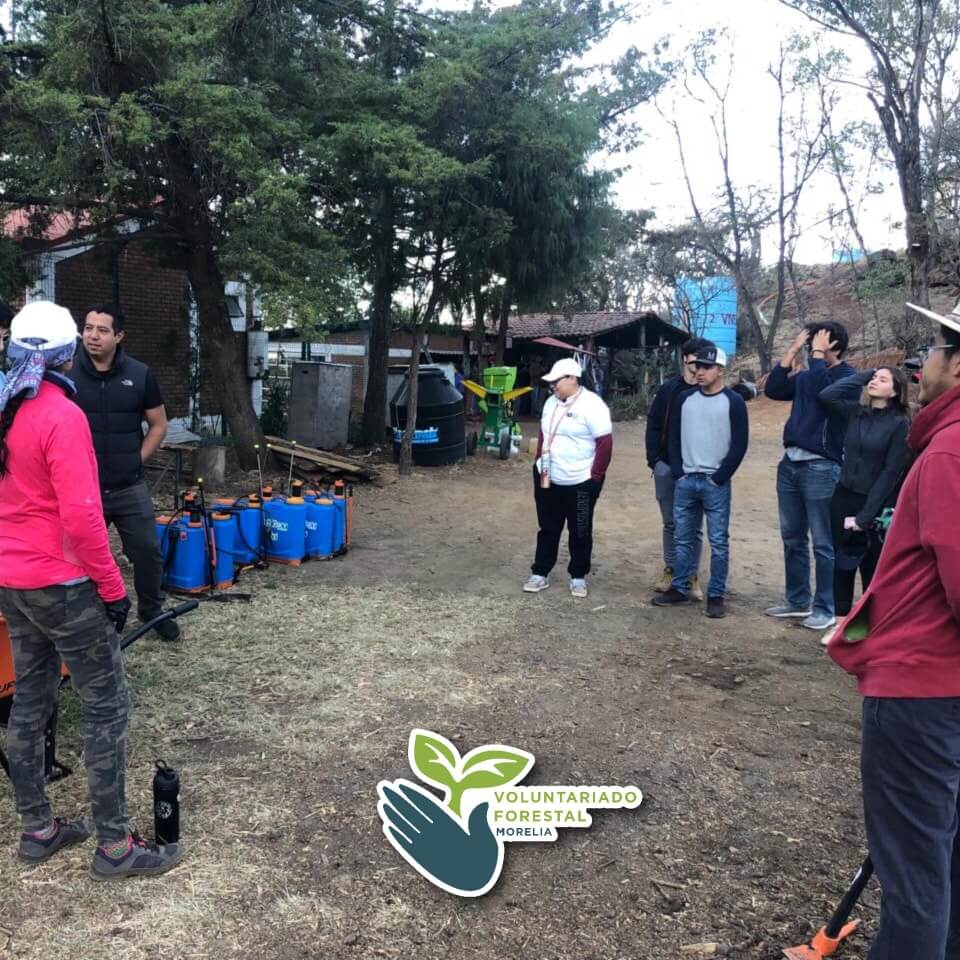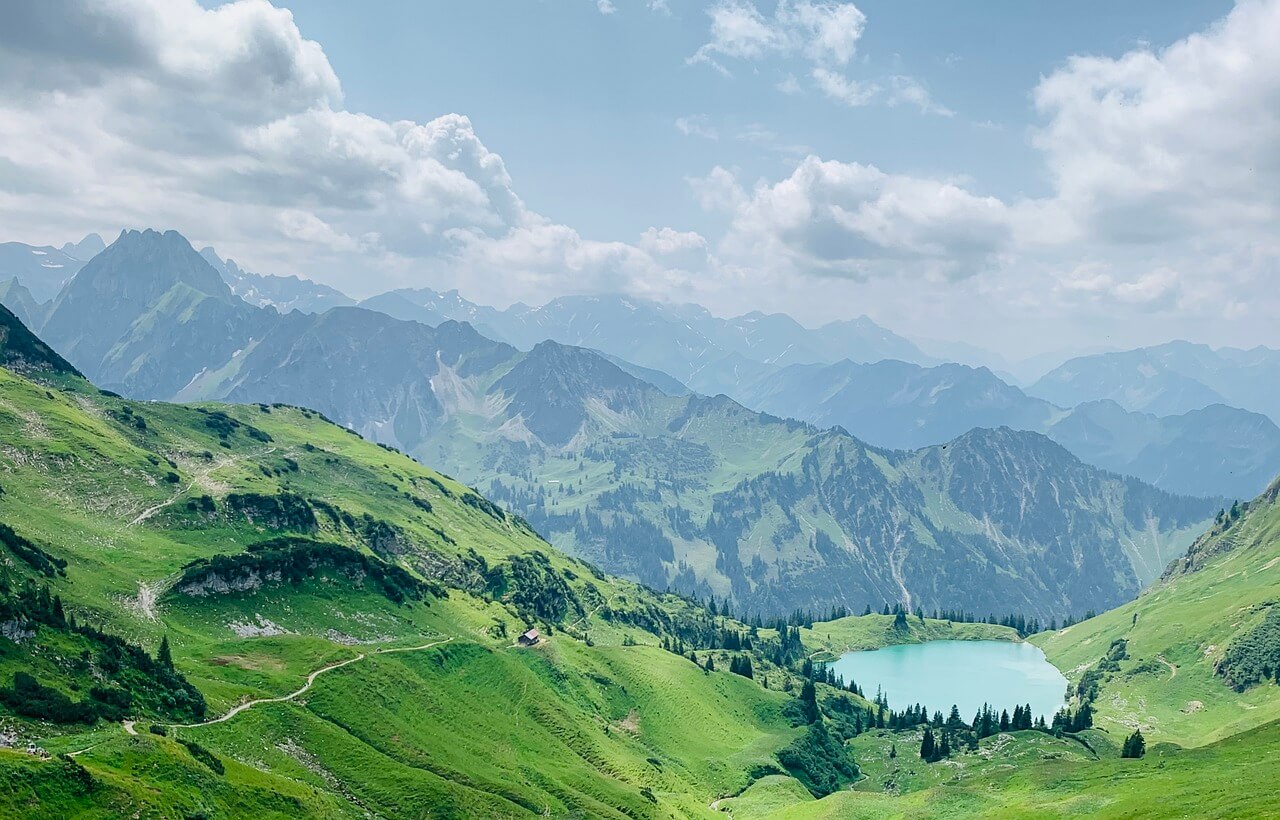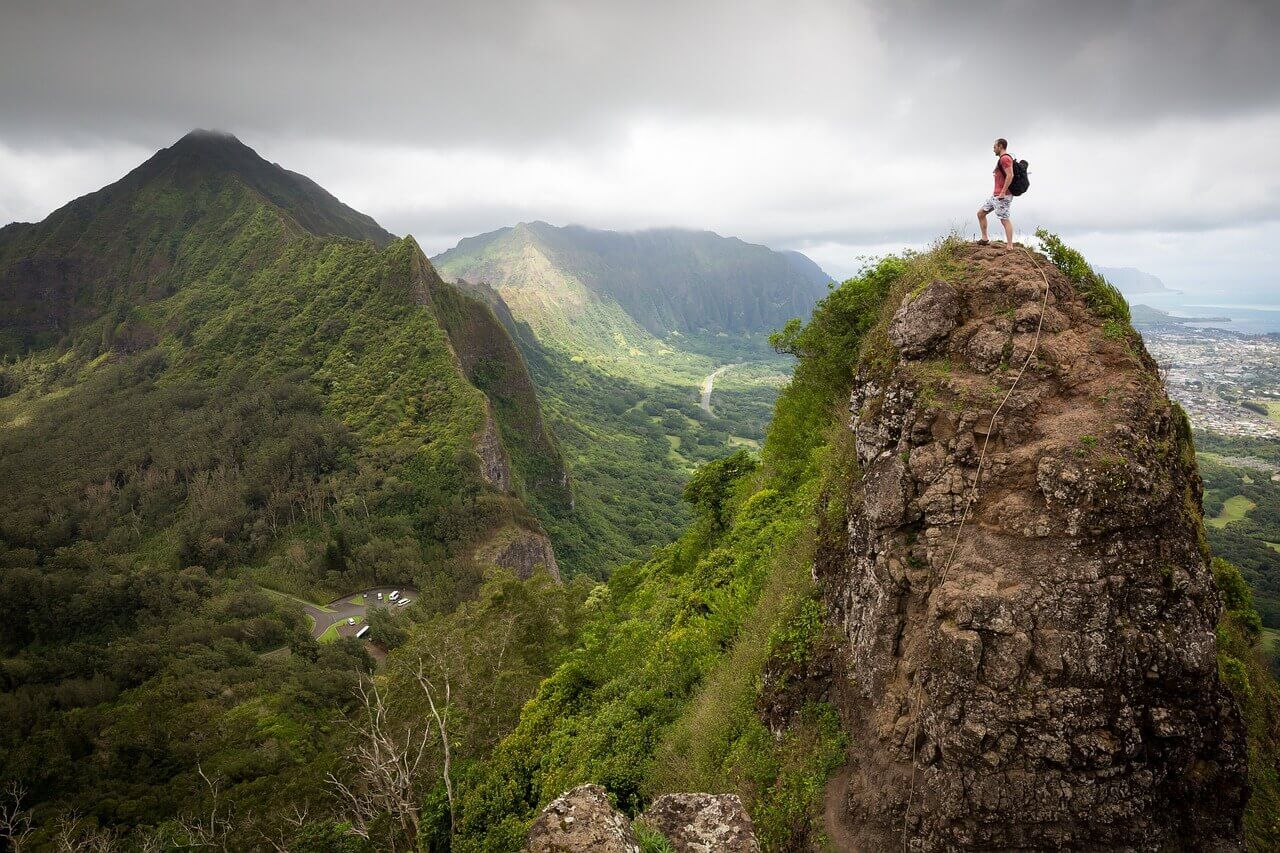Between heaven and earth, a destination in the process of touristification

Written by Ángeles Nahomi Garay Montes.
Five hours north of the city of Querétaro, Mexico, is Agua Zarca, a place where heaven and earth converge. This enclave, located in Landa de Matamoros, stands out for being in the midst of a tourism process, unlike other municipalities in the Sierra Gorda, such as Jalpan de Serra or Pinal de Amoles.
The Agua Zarca delegation is made up of 22 communities, among which "Mesa del Jagüey" stands out. The inhabitants of this community are dedicated to planting, harvesting and selling the renowned "chile rayado", an ingredient with notorious gastronomic and cultural potential. In this context, gastronomy plays a fundamental role in tourism, especially when it comes to vernacular foods, that is, native foods that have been passed down from generation to generation and are in danger of disappearing. This situation can provide new opportunities for local supply, adopting a sustainable perspective.
The "chile rayado" as part of the culture of Agua Zarca
The "chile rayado" stands out as one of the hottest chiles in the Agua Zarca region, and has emerged as one of the main sources of income for the people of Mesa del Jagüey. Currently, this chile is not only part of the local identity and culture, but is also used to prepare delicious molcajete sauces, using the previously dried chile. Likewise, the community incorporates it in sauces accompanied by pork meat, and even preserves it in vinegar, thus expanding its culinary versatility.

From May to August, the community of Mesa del Jagüey eagerly awaits the arrival of the fresh chile, marking the beginning of the creation of one of its most emblematic dishes. This delicacy consists of stuffing the spicy chile with cheese, then dipping it in a delicious chicken broth that is served with bolillo or "bread".
Mr. Irineo Hernández, a native of this place, shared memories of his childhood, when he and other children joined their parents in planting from an early age. The harvest, which included the prized chile, along with other foods, was the basis for their families' livelihoods. Irineo recounted how his mother, seeking to innovate in the preparation of chili, came up with the idea of creating a chicken broth with stuffed chili peppers. Since then, the whole community has adopted this tradition, especially during holidays and special celebrations, such as graduations. This dish represents not only a culinary delicacy, but also a deep connection to the roots and history of the community.
Cultivating Traditions of the Chile Rayado in Agua Zarca
The production of the chile rayado in Agua Zarca is a meticulous work that spans an entire year. The community prepares to market it in various forms: dried, roasted, green, ground, in cruets or stuffed with cheese. On Sundays, they go to the Agua Zarca plaza to sell it in its different presentations. Even local residents and residents of neighboring states, such as Hidalgo, place their orders in advance, and are also requested by compatriots in the United States.

It is essential to highlight that this product is completely natural, without chemical additives, and the whole process is carried out manually, in contrast to the large-scale production of industries. The harvest may vary from year to year due to climatic changes, which directly affect the success of production.
Currently, there are travelers who travel to explore new gastronomic experiences, discovering the culinary practices, inputs and techniques behind each dish. This opens the door for the promotion of tourism in the municipality of Landa de Matamoros, from a sustainable perspective that harmonizes with the environment and economically benefits the local community. It seeks to promote conscious tourism, where the tourist contributes to community development and rescues the culinary knowledge passed down from generation to generation, without promoting mass tourism. Tourists are encouraged to value these autochthonous ingredients and to support the preservation of the environment through gastronomy.
Learn more about this project at:
Facebook: https://www.facebook.com/fca.campustequisquiapan.7
Instagram: https://instagram.com/nahomi.garay
A local history written by the student of the Cultural and Natural Tourism Management Degree at the Universidad Autónoma de Querétaro, Campus Tequisquiapan. Proofreading and style: Viviana Vásquez Duque
Communication Leader at La Mano del Mono







